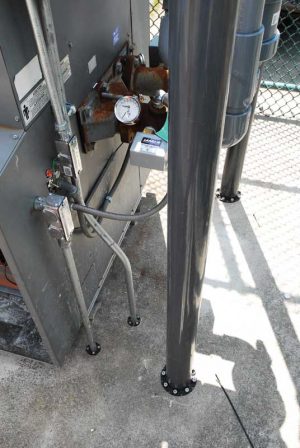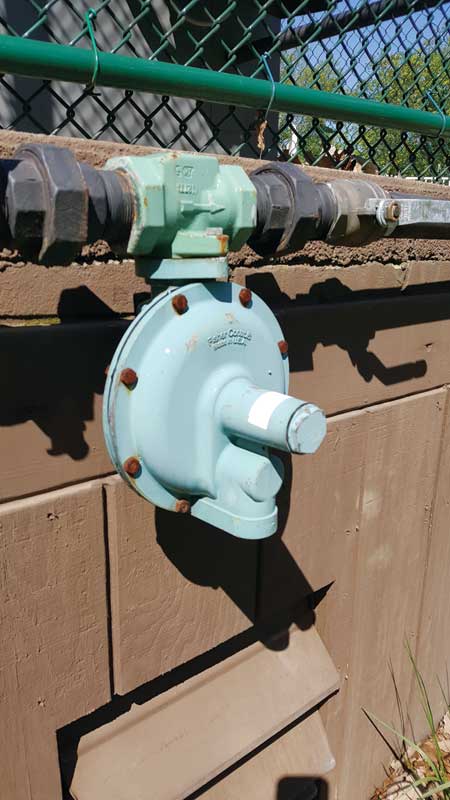- Disconnect and store

Where applicable, technicians must isolate the heater from the rest of the system by disconnecting unions and/or removing true union ball valves. All external equipment, such as pressure safety devices, flow switches, low water cut-offs, and external booster pumps, should be removed and stored in a location that is not subject to freezing temperatures. Service techs can even use masking tape to mark where the equipment came from and place it in an open crate, which is beneficial for air circulation: if any residual corrosive water remains, the parts do not baste all winter long.
- Turn off electrical supply
The electrical supply should be shut off first. One must also verify the power to any heater or heat pump is disconnected and turned off. Any other electrical devices on the equipment pad should be turned off, too. If possible, the relevant breakers in the circuit breaker must be turned off as well. Technicians can refer to the equipment’s manual to double-check. One must also consult regional, provincial, and local jurisdictions for licensing requirements when working on electrical systems. All applicable codes must be followed.
- Remove plugs carefully

Next, water from the heater and heat pumps should be removed. This is relatively easy as most systems have drain plugs and/or valves. On average, one should find around two-to-four plugs, depending on the manufacturer. The documentation will further allow easy identification and access to those drain points. These plugs, or drain cocks, come in two variations: plastic and brass. If the plugs are made of brass, technicians must take special care when removing them as the threads are delicate, and one may run the risk of stripping these or breaking the plug entirely.
- Blow dry remaining moisture
Once the water has been drained from the system, service techs should blow-dry any remaining moisture. Specialized blower units with hoses are designed specifically for this task and can be found at most supply houses or online vendors. If one does not have access to such a device, a normal air compressor or low-pressure shop vacuum will do just fine. High pressure can easily damage the equipment’s internal mechanism; therefore, low-pressure devices are recommended.






